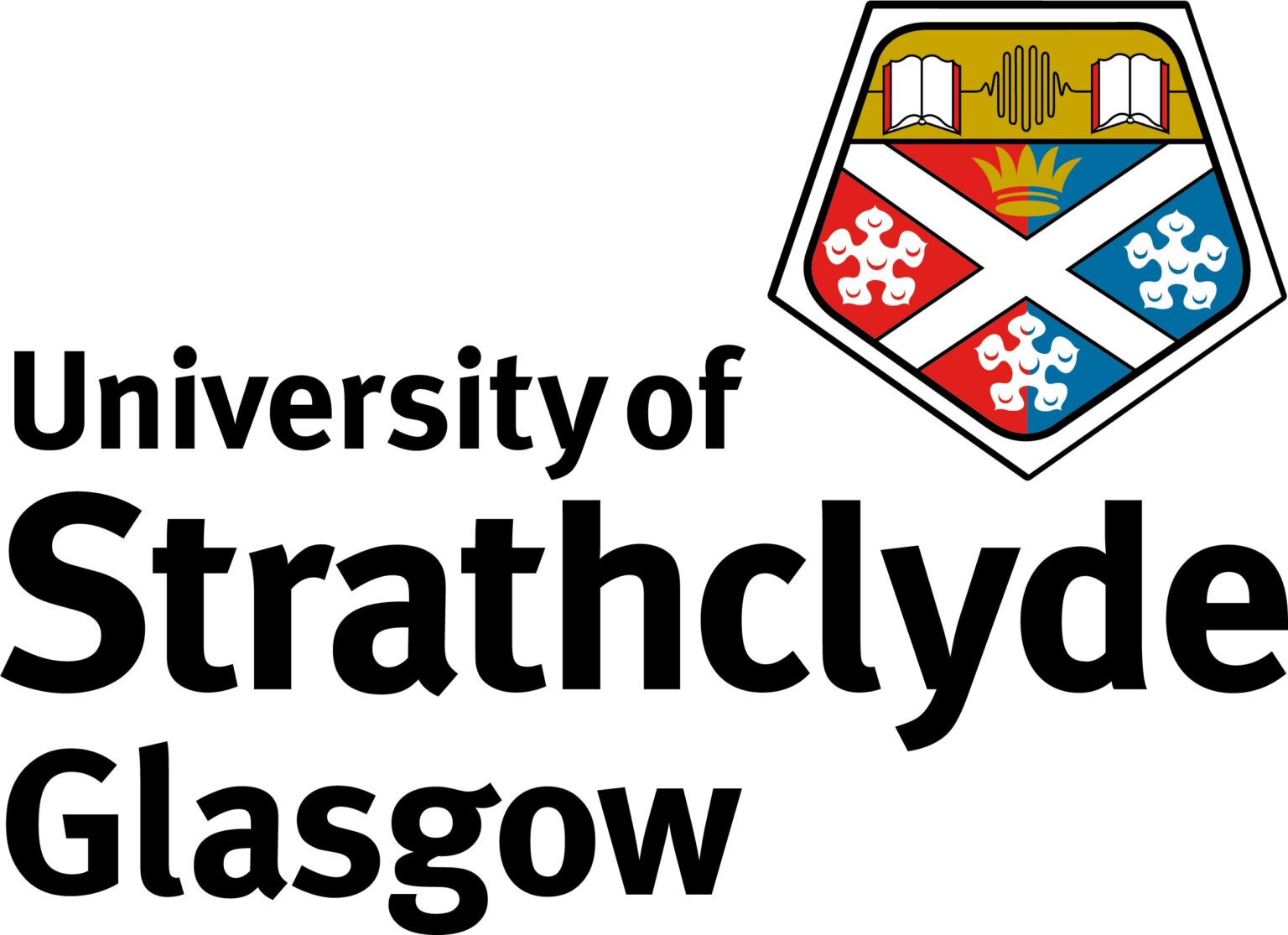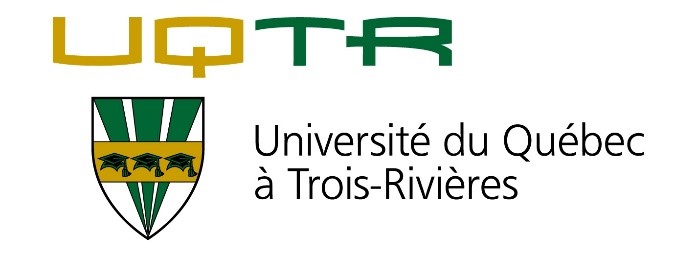Scotland - Information on Country Independent Police Complaints Bodies
Overview
Scotland has a population of around 5.48 million people (ONS, 2022), there is one national police force, Police Scotland and several UK policing bodies that operate in much lower numbers within borders. Police numbers in Scotland has decreased significantly since Q4 2021. There are currently 16,615 full-time equivalent (FTE) police officers in Police Scotland and 5881 police staff (Police Scotland, 2024). This drop should be taken into consideration when exploring the data below.
Chart 1: Police Officer quarterly strength statistics 2007-2023. (Source: Justice Directorate (2024)).

The Police Investigations and Review Commissioner (PIRC) is the external police complaints office for Scotland. The Office was created in 2007, with the current organisation established in 2013 with the amalgamation of the Scottish police forces. Forces covered by PIRC include the Police Service of Scotland (Police Scotland), and when operating in Scotland, the following: British transport Police, Civil Nuclear Constabulary, National Crime Agency, Ministry of Defence Police, and HM Revenue and Customs and Immigration Enforcement. The data in this outline will focus on complaints to and about Police Scotland which is the national police force for Scotland.
Since 2021, all public police complaints about officers and staff under the rank of Assistant Chief Constable (ACC) in Scotland are handled centrally by the Professional Standards department of Police Scotland. If the complaint is about criminality, it is referred to (or can be made directly to) the Crown Office & Procurator Fiscal Service (COPFS) which is the Crowns prosecution service in Scotland.
Policing in Scotland is governed by the Scottish Police Authority (SPA). The SPA set policing strategy for Scotland and oversee performance and improvement of the force. Public complaints about senior officers (Rank of Assistant Chief Constable or above), forensics or the SPA are handled by the Scottish Police Authority (SPA).
A public complaint can be referred to PIRC by the complainant only when the PSD case is closed, and a final decision communicated. Within this Complaint Handling Review process PIRC can review how the complaint was handled by police. They will not investigate the original subject of the complaint.
Although unable to take initial complaints directly from the public, PIRC may subsequently become involved in complaints investigations via the following routes:
1. Referral from the Police Force, or SPA:
These do not require an existing public complaint but may be in relation to an incident that has prompted one or more complaints. Incidents requiring PIRC referral include Deaths or serious injury in custody or following police contact, deployment/use of firearms.
A referral can also include incidents where the Chief Constable/ SPA deems it is in the public interest to have an independent investigation of an incident, which may include complaint(s).
2. Criminal conduct complaints: These are led by COPFS, but PIRC or Police Scotland Professional Standards Department may be involved in the investigative aspects.
3. Own Initiative:The commissioner may alsoinstigate an investigation themselves, if deemed in the public interest to do so.
The police inspection body for Scotland is His Majesties Inspectorate of Constabulary Scotland (HMICS). They can inspect the work of the SPA as well as Police Scotland. HMICS and PIRC are independent from each other, a memorandum of understanding between the two bodies operationalises their regulatory duty for co-operation. Part of this memorandum states that HMICS "where appropriate, will follow up on recommendations made as a result of review or investigations" (para. 11)
The Angiolini Review
Since 2019, police complaints handling in Scotland has been undergoing a widescale independent review commissioned by the Scottish Government, and carried out by Rt. Hon Dame Elish Angiolini, DBE QC. Improvement work based on the associated reports recommendations has been ongoing both within policing and latterly with consultations on regulatory and legislative changes. For example, allegations about assault and unlawful arrest will be handled by PIRC rather than police professional standards, progress towards this transfer of responsibility is already underway as of October 2022. The transformation across so many processes and regulations will have an impact on future complaints data, which should be accounted for in any comparative work across time.
Key data
Yearly police Complaints data for Scotland are published by the Scottish Police Authority (using reports provided by Police Scotland as part of their accountability structure), and by PIRC. Each covering different aspects of complaints and investigations as well as analysis of trends.
Charts here are based on data and analysis drawn directly from publicly available SPA and PIRC reports, alongside additional analysis based on the research conducted through the Police Accountability project.
1. Total number of complaints 2017-2023 (Police/Professional Standards Department)
The following chart shows public complaints received by Police Scotland over the past 5 years (SPA, 2024) A spike around 2020-21 may reflect increased tension regarding COVID lockdown and related unusual police activity around that time. Complaints have yet to return to pre covid levels. Analysis by the SPA shows regions in the west of Scotland experienced significant increases in complaints last year, particularly regarding quality of service, whereas North and East divisions saw overall reductions in complaints (SPA, 2024). As a national police force, Police Scotland covers 3 divisions, with stark contrasts in rurality, population and police workforce. Top level data such as this therefore should be used with caution, it can both highlight and mask issues at more local levels, though also useful for indications of volume.
Chart 2: Total Complaints Received 2017-23. (Data:SPA, (2024) , p.15).

2. Total Allegations 2017-2023
Allegations specify the type or nature of wrongdoing that's been experienced. A complaint may include several 'allegations' of wrongdoing. Police Scotland track 3 types of allegations: on-duty, off-duty and quality of service. Unlike some other organisations covered by our research, Police Scotland dohandle complaints about officers who are off duty at the time of the incident (PIRC: Statutory Guidance (2002). Quality of service allegation cover service outcomes, service delivery and instances related to policy/practice.
Chart 3 shows total allegations over the same 5 years. There is a similar spike evident for 2020-21 and into 2022, however a more prominent reduction in allegations is notable over the past 2 years.
Chart 3: Total Allegations Received 2017-23. (Data:SPA, (2024) , p.19).

Broken down to the 3 types of allegations tracked by Police Scotland shows a general decrease in on- and off-duty allegations, with Quality of service allegations showing a gradual increase since 2020. Off-duty shown in separate chart due to low proportion.
Chart 4: On-duty & Quality of Service Allegations 2017-23. (Data:SPA, (2024) , p.20).

Allegations which include criminality (on or off-duty) over the past 5 years show a steeper increase than other types overall. Although a proportionally low number in terms of complaint, such an increase has implications for public trust. As with all increased in police data, increased confidence to report may be a contributing factor.
Chart 5: Criminal Allegations 2017-23. (Data:SPA, (2024) , p.20).

The SPA published data breaks down the 10 allegations which 'generally receive the highest volume', with the top 3 consistently Irregularity in Procedure, Incivility and Service outcome. Within the more populous categories, an increase in the proportion attributable to 'service outcome' and 'service delivery' is evident since 2020. Also observable is a jump in assault allegations from 2019 onwards, which echoes the increase noted above in criminal allegations across the same timescale.
Chart 6: Number of allegation subtype (for Quality of service and on-duty) 2017-23 . (Data:SPA, (2024) , p.21).

3. PIRC Data: Complaints Handling Reviews (CHR) and Referrals
When a complainant is unhappy with how a complaint was handled by the police or SPA, they can as PIRC to review it (a CHR). Information on their rights to do so are included in all closure letters.
Data on CHRs reported by PIRC in their update to SPA, (2024) and self-published in PIRC, (2023) have different reporting timescales and publication dates. As the SPA report shows more data over time, initial charts here are drawn from that report, with additional context from PIRC, 2023. As noted above, since 2022 PIRC have begun handling on-duty assault. PIRC report a significant increase (51%) in referrals for this category in 2022-23 making comparison over time unwieldy.
a. Complaints handling reviews:
Data since 2018 shows a peak in 2019-20, such as seen across much of the complaints data here, followed by a steady decline back to pre-2019 levels.
Chart 7: Complaints Handling Review received. (Data:SPA, (2024), p.28).

b. Referrals
Referrals to PIRC for investigation are required for the following types of allegations: Death following police contact, death in custody, conventional firearms, Taser, CS/PAVA, serious injury following police contact, and some criminal allegations (includesallassault allegations since 2022). For firearm related referrals, this includes pointing, aiming, or firing the weapon (as per College of Policing 2024). Referrals can also come from SPA where an external investigation is warranted, only 1 such referral was made in 2021-22 and 2022-23. The first chart below shows numbers of referrals received, plus numbers of investigations undertaken since 2017.
Chart 8: Referrals to PIRC for investigation: # Received and investigated. (Data: PIRC (2023, p14)).

A steady increase is noticeable each year in referrals, with a significant jump in 2022 related to the change in referral policy. Chart 9 below, again taken from PIRC annual report shows a breakdown of main categories referred which illustrates this point. This also highlights CS/PAVA, then Criminal allegations (incl. assault) as the most often referred incidents to PIRC.
Chart 9: Referrals by Category 2021-2023. (Data: PIRC (2023, p14)).













